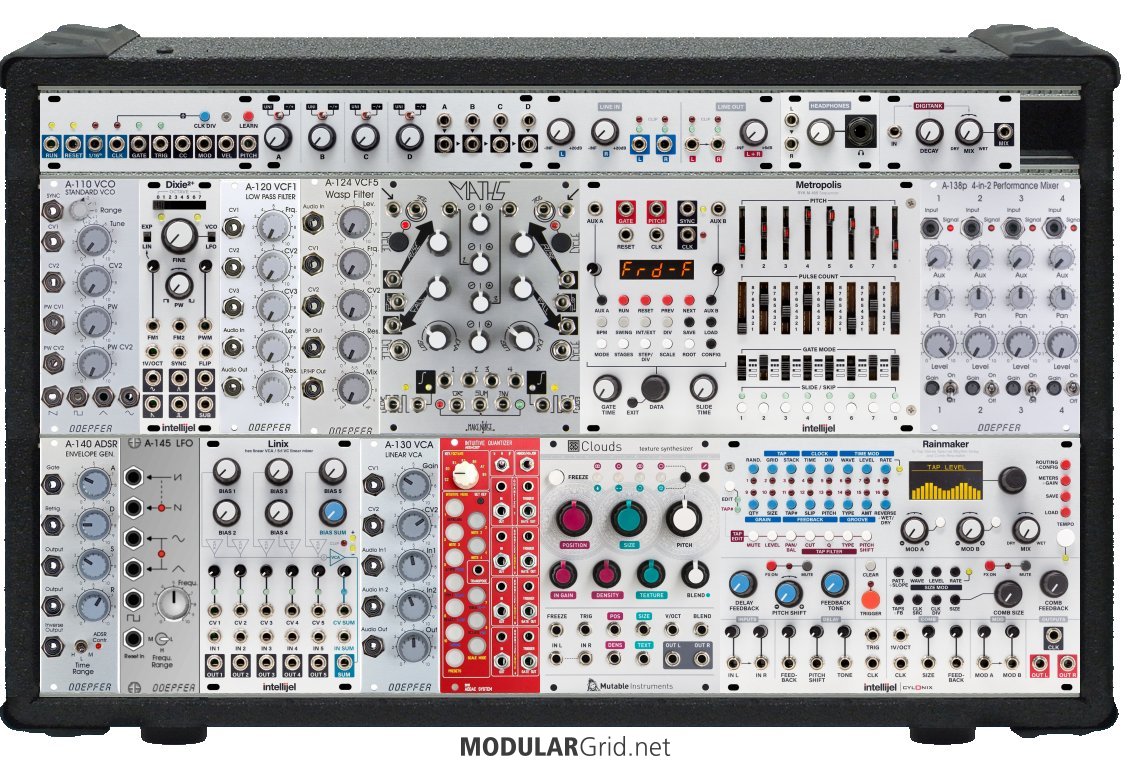Hello. :)
okay well to start, I have had a love for analog and especially modular synths for a while now. about a year ago I decided to purchase the mother 32 and 0-coast to start my modular journey. as these are two great platforms to learn from. now I am on the move to start my eurorack.
- what I'm hoping to achieve with my eurorack
first of all I'm a huge lover of techno and house music and have been producing for about 7 years now in Ableton. I want to make more organic and raw sounds. thats one reason I love eurorack so much. so thats a big thing I am wanting to achieve with my eurorack. integrate it into my production set up and rely on modules making up about 80% of my tracks.
second, I want to be able to make an entire song with my eurorack.similar to Colin benders or steevio. obviously not as amazing as them though and with a smaller set up. I am going to add in a DFAM more them likely in the future for my drums as well.
third, I am wanting it to also be able to be a bit of an ambient monster for days I just want to relax and listen. hints the clouds module and the rainmaker.
finally, I am wanting to add two more rows far in to the future for more of a live set up.
- the case I am going with
I have decided to go with the intellijel 7u case because I love the for factor, the fact that you can put the top on while its patched, and the audio ins and outs on the case as well as the midi ins and outs.
I am basically a beginner in all of this so I need as much help as I can get on this journey. and I know how close nit and passionate the modular community is. I really want to know what I am going to need to make what I am wanting out of my eurorack possible. maybe tell me things that I have in my sketch that I don't need or that don't make any sense. things that I don't have that I should add. and modules that I don't know about that may help me achieve all of the things I want to do.
any advice I can get will be amazing.
thanks :)


